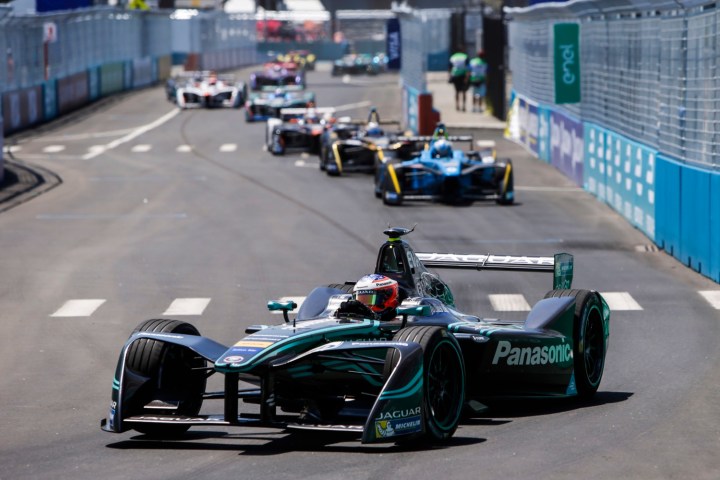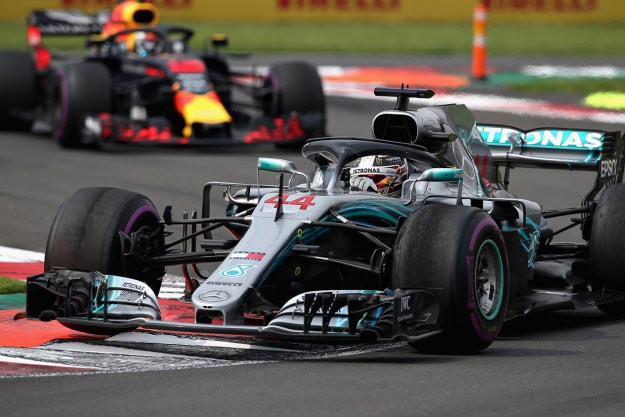
Formula E will bring its electric cars to Switzerland June 10, 2018, for a race in Zurich. Series organizers say this “Zurich ePrix” will be the first car race held in Switzerland in over 60 years. While the series is relatively new, Formula E’s use of all-electric race cars continues to open doors.
Racing was banned in Switzerland for decades, but in 2015 changes were made to the relevant laws that allowed for electric racing. The last race held in Switzerland was at the Bremgarten circuit in 1954. As with other Formula E races, the venue for the Zurich ePrix will likely be a temporary track laid out on city streets.
The Zurich race will be part of Formula E’s fourth season, which begins in December and stretches to the end of July 2018. The season kicks off with a doubleheader in Hong Kong December 2-3. Other races will be held in: Marrakesh, Santiago, Mexico City, Sao Paulo, Rome, Paris, Berlin, New York City (doubleheader), and Montreal (doubleheader).
As automakers gear up to build more electric road cars, Formula E is attracting increased attention from manufacturers. This season, Audi will field its own Formula E team for the first time, and BMW will manufacture powertrains for the Andretti Autosport team for the 2018-19 season. Mercedes-Benz and Porsche will also join the series in 2019. Porsche will race in Formula E in place of its successful 24 Hours of Le Mans campaign, while Mercedes will pull out of the German DTM race series.
Formula E serves as a good marketing platform for automakers’ electrification efforts. Jaguar, which joined the series last year, will sell only hybrid and all-electric cars after 2020. BMW will launch 12 new all-electric models by 2025, and Mercedes will have a hybrid or all-electric version of virtually every car it makes by 2022. The Volkswagen Group, which owns Audi and Porsche, plans to add hybrid and/or all-electric variants to every model in its vast lineup by 2030.
Editors' Recommendations
- E3 2022 won’t happen in-person (and Summer Game Fest has already clapped back)
- Boeing 737 Max back in service 2 years after crashes grounded global fleet
- E3 organizer apologizes after sharing article about ‘games for women’
- Wi-Fi 6E is the biggest change to happen to Wi-Fi in 25 years
- Formula E team rolls with marble racing during pandemic postponement

